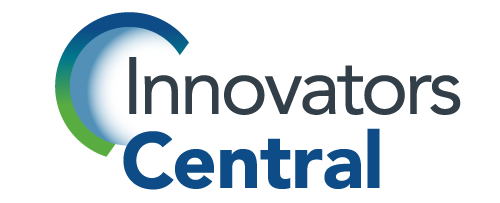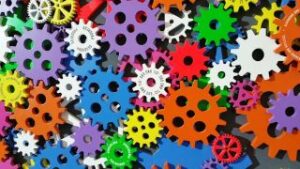The digitization of business processes and other large-scale entities is made possible by the development and adoption of the Internet of Things (IoT) technologies of the last few years. IoT is reshaping businesses, manufacturing, and cities across the globe.
While exact numbers are constantly in flux, estimates indicate that the number of connected devices worldwide will grow from 13.8 billion units in 2021 to as many as 30.9 billion in 2025. The benefits of IoT are revolutionizing businesses, and that calls for a lot of computing power.
So, what are edge and fog computing, and how are they alike and different? The answer began with cloud computing and has moved on to edge and fog. This combination has created an ecosystem that manages the computation and analysis of an inestimable amount of data, allowing IoT devices to deliver their benefits.
Below the Cloud
To understand edge vs. fog computing, one must understand the concept of cloud computing. Companies providing cloud services have developed remote server networks to store and analyze data off-site from the business or city that used it. This process handles vast amounts of data and deploys complex advanced analytics engines.
This system reduced the infrastructure investment that businesses needed to put forth. It also allowed them to use Software as a Service (SaaS) models to access their data, analyze it, and unlock its value to their business.
But the volume of data is so immense that it created a resource constraint resulting in latency and reduced bandwidth, nullifying some of the value of IoT devise and impacting further development of new capabilities. Part of the answer to these bottlenecks was edge computing located near the IoT input devices.
Decongesting the Cloud
Edge computing was developed to help alleviate some congestion issues with the cloud. By placing computational devices near data creation, edge computing could take some basic workloads off cloud servers.
Basic data processes such as cleansing and relevance could be determined, and data could be computed. The information sent to the cloud could be analyzed more efficiently with the initial processing out of the way; this reduced latency and improved bandwidth. While this process improved system efficiency, it still wasn’t enough.
The adoption of IoT devices is having an unusual effect. Data is being created by businesses, schools, consumer devices, and cities much faster than it can be stored. It's estimated that all data currently in the cloud equals 1,024 Petabytes, which is over a billion Gigabytes. This mass of data once again created a resource constraint. For what good is the power of the IoT if businesses can't unlock all of its value?
Cloudy With a Chance of Fog
Fog computing adds an additional computing layer between cloud and edge. While edge devices sift through and compute raw data, the fog layer has taken over the computational task of determining relevance. It sends only the most relevant data for analytics and deletes unneeded information or analyzes it for other defined parameters at the fog level.
Fog computing uses the same type of hardware and servers as edge computing. Its importance is its place within the hierarchy, acting as a computational funnel so the data arriving at the cloud is only that which is required. It further reduces bandwidth issues and improves latency. It also enhances the system's response time, meaning faster IoT devices can be developed for new applications.
Edge and Fog Differences
Cloud-to-edge configuration is still used without a fog layer for many applications, but a cloud-to-fog configuration isn’t. The type of system, volume of data, and level of analytics required help determine which mode to use.
Fog computing is more expensive than edge devices and must be integrated with a company's IT infrastructure. Edge computing alone may allow cellular or wireless communication to the cloud, significantly reducing costs.
Edge devices may perform some computations and instruct the IoT device to take action. This local processing makes processes more real-time. Fog computing takes data that the edge did not compute and further decides its relevance in the cloud.
Edge devices are usually close to the devices being read, while fog devices can be remote. The fog layer works directly with cloud applications, while the edge can compute and instruct without cloud access for defined functions.
Finally, edge devices are tied to IoT devices within the system. In contrast, fog computing may have more than one layer and is a network of its own while being linked to the cloud.
Deciding Which Configuration Works for Your Business
Today, small businesses, startups, and entrepreneurs can utilize SaaS to manage and improve business processes and innovation. But which configuration works best for you?
The Henry Bernick Entrepreneurship Centre (HBEC) at Georgian College works with new business leaders and entrepreneurs to help them decide how to build and grow their businesses. This means providing mentorship, training, and advice in a way that can help you understand what your company needs and how to use technology such as cloud, edge, and fog computing.
To find out how we can help, contact us today.










